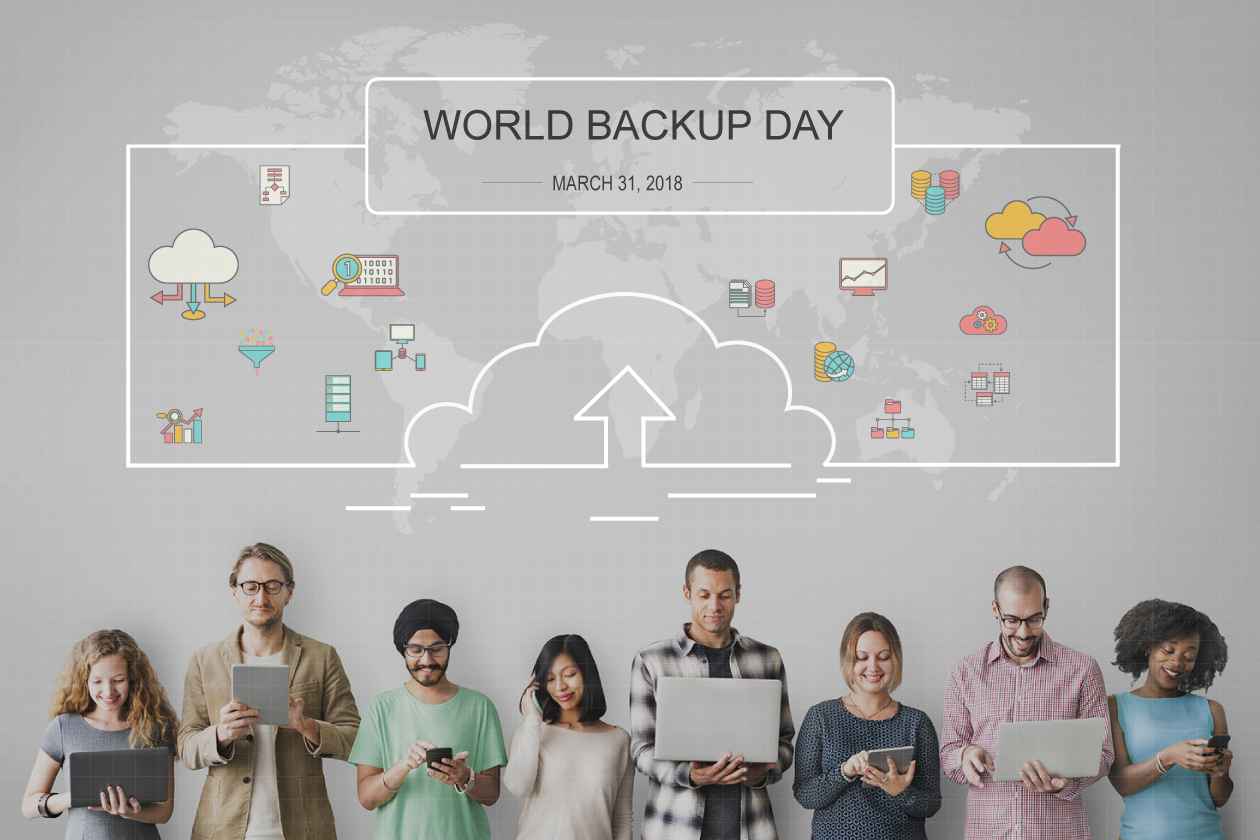Closing the OneDrive for Business Gap

Almost every business that uses Microsoft 365 will admit that when they initially adopted the product suite, they expected that OneDrive for Business would fulfil their need for endpoint data protection or backups.
OneDrive is a sync solution and not a backup. Superficially, it would seem that they both do the same things i.e. make copies of your files to the cloud.
Several of them have since realized that OneDrive doesn’t fit the bill as an enterprise backup – and have looked for an alternative commercial-grade solutions. Others still believe OneDrive is handling their endpoint backups – until they one day realize that it doesn’t really.
Don’t get me wrong. This blog post isn’t about bashing OneDrive for Business. Far from it. OneDrive is, in fact, an excellent tool that does a really good job for what it was designed to do – i.e. file synchronization, collaboration and sharing. It is indeed a great productivity tool. The error that many have made is to mistake it to be an enterprise class backup.
OneDrive ≠ Backup. But Why?
OneDrive is a sync solution – and not a backup. Superficially, it would seem that they both do the same things – i.e. make copies of your files to the cloud. But sync and backup are two completely different use-cases – and there is a world of difference between them. Let us now examine why OneDrive falls short as a enterprise class backup mechanism.
1. Coverage
The first and perhaps the biggest issue is that OneDrive simply isn’t capable of syncing all drives, folders and files on an endpoint. OneDrive’s ‘world’ is just a small handful of folders it monitors on your endpoints for sync changes. As of the time of writing this blog, they are the OneDrive folder, Desktop, Documents and Downloads. Not much else. So, if you have users storing data on a D:\ drive, or even somewhere on the C:\ drive outside of these specified folders – you should know that OneDrive isn’t synchronizing those files.
2. Files in use
If OneDrive isn’t able to access a file for sync, it simply skips over it. Any files can be inaccessible to OneDrive because they’re in use by an application. For example, a PST file that is mounted via Outlook will always be in use – and such files are simply skipped over by OneDrive.
If OneDrive isn’t able to access a file for sync, it simply skips over it.
3. Exposure to Ransomware
Sync is a double-edged sword, and when it comes to ransomware attacks, businesses feel the keen side of the wrong edge. Sync solutions are designed to replicate changes on the endpoint as quickly as possible to the cloud. While this is generally viewed as a desirable feature, in the case of a ransomware attack, the damage cause by the malware is also rapidly replicated to the cloud. So, what should have been your ‘safe’ copy in the cloud is almost immediately compromised by the same malware that damaged the files on your endpoint. Microsoft has come up with ways to ‘rewind’ OneDrive back to a previous point in time etc. in cases of a ransomware attack. But why go through the pain of damaging your backup data copy, when you can avoid the situation entirely by using a commercial grade backup solution?
4. Immutability
Immutability is an important one – and is considered a core tenet of any backup operation. The copy of data that you make as part of the backup operation shouldn’t be something the end user can tamper with, modify, or delete. The backup copy should be a non-changing image of the original data, as of the time the backup was made and its deletion should be governed purely by administrative policy – not user whim.
OneDrive fails this test completely because it is a sync solution. Users will need to have access to the sync-ed data copies in the cloud and they can delete those data copies at any time. This poses a real problem for businesses trying to satisfy regulatory compliance or protect against malicious deletion from rouge employees (insider threats).
While this is generally viewed as a desirable feature, in the case of a ransomware attack, the damage cause by the malware is also rapidly replicated to the cloud
At the time of writing this blog, OneDrive also has several well documented problems with respect to handling very deep folder paths (it can’t), folder size limits (< 5,000 files in a folder) and file size limits.
So, is my OneDrive investment wasted?
So, what’s an IT admin to do?
There are several third party, enterprise class backup solutions which have none of these limitations.
But, almost all 3rd party backups will require storage to store their backup data. But the storage cost is an additional expense the business has to bear in one of the following ways:
- In the form of on-premise block/file storage
- Cloud-based object storage,
- Storage supplied by the backup vendor as part of the BaaS (Backup as a Service) subscription.
So, if you switch to using a 3rd party backup, what do you do with all the OneDrive storage you have as part of your Microsoft 365 subscription? In fact, it is no wonder that in almost all cases very little OneDrive is actually consumed in most Microsoft 365 shops. It is not uncommon to see 10% consumption or less.
Closing the OneDrive gap – get the best of both worlds
What if you could get an enterprise-class backup solution, that overcame all the OneDrive (sync) limitations, but was still able to use utilize the massive amount of OneDrive space you already own? It’s a tough problem to solve, but if you’d like such a solution, look no further than Parablu’s BluVault. At Parablu, we’ve done all the engineering required and built a patent-pending technology that to close this OneDrive gap.
BluVault can address other storage targets as well such as Microsoft Azure Blob, Amazon S3, as well as other cloud object storage targets such as Google Cloud Platform, IBM Softlayer, etc. – but it’s ability to specifically treat OneDrive and Google Drive storage as centrally addressable mass storage is a unique differentiator.
At Parablu we specialize in building data management solutions like Backup. We offer solutions that are hosted as well as on-premise. So, if you are evaluating endpoint backup solutions – get in touch with us.
Write to us at info@parablu.com to learn more.




